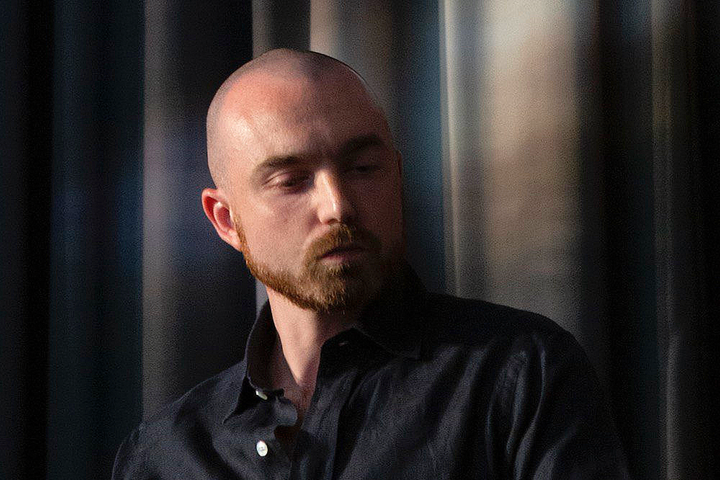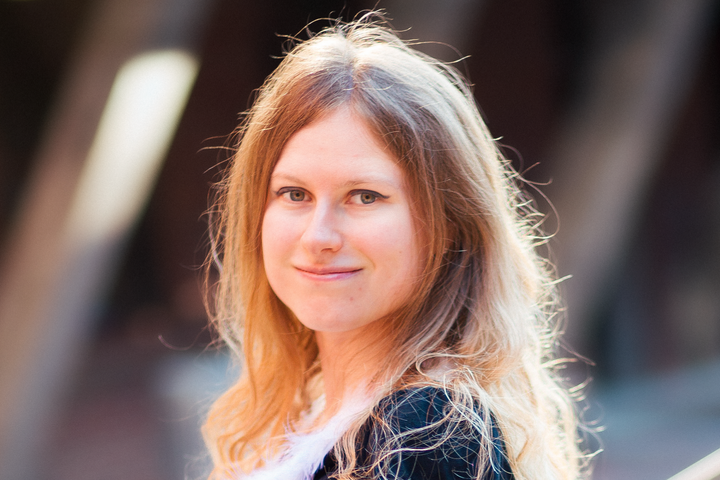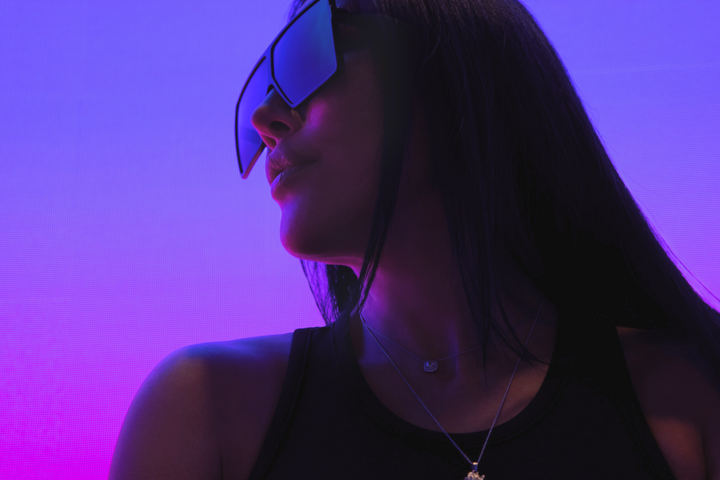Tina Ziegler, Programming screens with digital art is not curation

Snejana Krasteva, Chief Curator at LAF (Luminous Art Foundation) spoke with Tina about the present moment and the future of digital art and curating.
Tina Ziegler is an expert in brand and web development, art curation, large-scale event management, installation design, event architecture, budgeting, sponsorship relations, team leading, and artist commissioning.
She is Brand Director and Curator of Moniker Art Fair, founder of The Art Conference, and a board member of Moniker Foundation and Aerosol Alliance.
Originally from California, Ziegler has curated over 300 exhibitions and has worked with thousands of artists from across the globe. She is recognized for her dedication to the urban art movement and helping it become part of the global market stage. Most recently she has been working with Creative Debuts to curate leading NFT and digital art exhibitions in London in partnership with Adidas. The exhibitions received global attention. She lives and works in London.
I am particularly interested in discussing the future with you. But before getting there, let's start with the present. How would you define the present moment from the perspective of someone that is involved in many different things (you are a digital curator, an educator, an art fair director and so on)?
There is more opportunity now than ever before to innovate, disrupt and make a mark. The world is in a very unstable place. And with this instability there is a lot of opportunity, because the traditional boundaries that we had growing up, how we were taught that the world functioned, and the safety nets that we were given as children may no longer be relevant. So, there's a lot of instability across markets, with people trying to predict what the future looks like. This opens up an incredible opportunity to rethink our strategies, to challenge everything and create something completely new. We're seeing a creative renaissance happening for artists and curators. People that come from an untraditional art background are thriving in this web3 space because they are bringing something fresh to the table.
We met at the NFT London conference in November 2022. It was my first NFT conference and I listened to all the panels and presentations that were dedicated to art. It struck me that the level of conversation from a conceptual perspective was still quite low.
Yes, the Web3 space is extremely immature, and I mean that in a kind way.
As far as the events and conferences we go to, I think you’re correct in saying that people are just touching the surface, because there hasn't been time to create depth. We're talking about something that is two+ years old. Maybe in 2023–2024 we'll start to see interesting editorial work that has analyzed this space.
If you are an art curator from an institution that has been working with generative art + new media art for decades, you have a level of knowledge to be able to present your findings in a traditionally curatorial manner. However, programming screens with digital art is not curation. The terminology is being used incorrectly, but that happens with things as they evolve, and curation is a very sexy word at the moment. The work that goes into being a curator is, unfortunately, quite lost because everything is so fast-paced and focused on instant gratification.
Curators are not artists. Curators are not art dealers.Curators are not programmers.
Curators are critical thinkers.
What future do you see for digital art?
Digital Art is experiencing its well deserved time in the spotlight and I hope that this becomes more common across the traditional art landscape. Digital artists should continue to be valued and collected. However I fear that before we have even been able to appreciate the vast amount of digital talent out there, digital artists are now already in competition with AI. AI has become so popular and artists are using it and experimenting with it. AI art will become better and this is where digital artists have a new form of competition.
I have a naive hope that we will not lose that beautiful ability to be imaginative and creative and not just be reliant on tech to do everything for us.
What are you working on? What are your research interests now, have they changed? Are you at the beginning of anything new?
In 2022 I launched Avata, a digital fashion, art and lifestyle company. I'm trying to honor all of my interests and passions while creating something that has relevance for the future. But mainly, like any curator, I’m spending time researching and studying and sitting with my own intuition. The thing that's guided me the most throughout my art career has not been external but internal. Thinking about the things I feel passionate about, what I'm witnessing, what I want to champion, who I want to champion, and really just being true to my own nature.
With AVATA, we are in the process of building our first book, which we want to publish early this year. The main thing from the traditional art world is Moniker, my international art fair and arts platform. We set up a foundation during the Covid pandemic which supported a lot of artists. We built a traditional art collection and are continuing to work on that. I’m constantly trying to balance this more traditional side with my interests and passion in digital art.
You have worked in both the physical and the digital. How do you see exhibiting digital art evolving in terms of exhibition design?
There are a few people doing this really well. There's a place in London called 180 The Strand. They have developed a digital exhibition space, and they play with the visitor’s journey from entrance to exit. You don't ever have a feeling that you're looking at screens; you're immersed in the digital rooms. I am adamant about not putting artworks on TV screens. There are a lot of opportunities to redesign how we experience digital art. The immersive experience is what's exciting about digital art, because the limitations of the physical painting on a wall are ones we don’t face here. We can make the floor move, the walls, the ceiling. We can transport you to a completely different environment and play with your senses. For me, the true pioneers in this space are Team Lab from Tokyo. They're art programmers but they're really curators, and they do some impressive work.
What would you advise young digital curators? How do you keep the curators you teach motivated for the future?
Understand the responsibility you have. Curators have an incredible role to play in deciding which artists they spotlight, who they give space and time to, what voices they honor, what stories they tell. The bottom line of curation is that you are a storyteller and it is your responsibility to tell a relevant and important story. To do that well you must do your own research, dig deeper, take time to discover artists that are not easy to find. Research artists from other countries that don't speak your language. Being a curator is an important job we have a direct impact on art and culture, and shaping the future of how we experience art.



